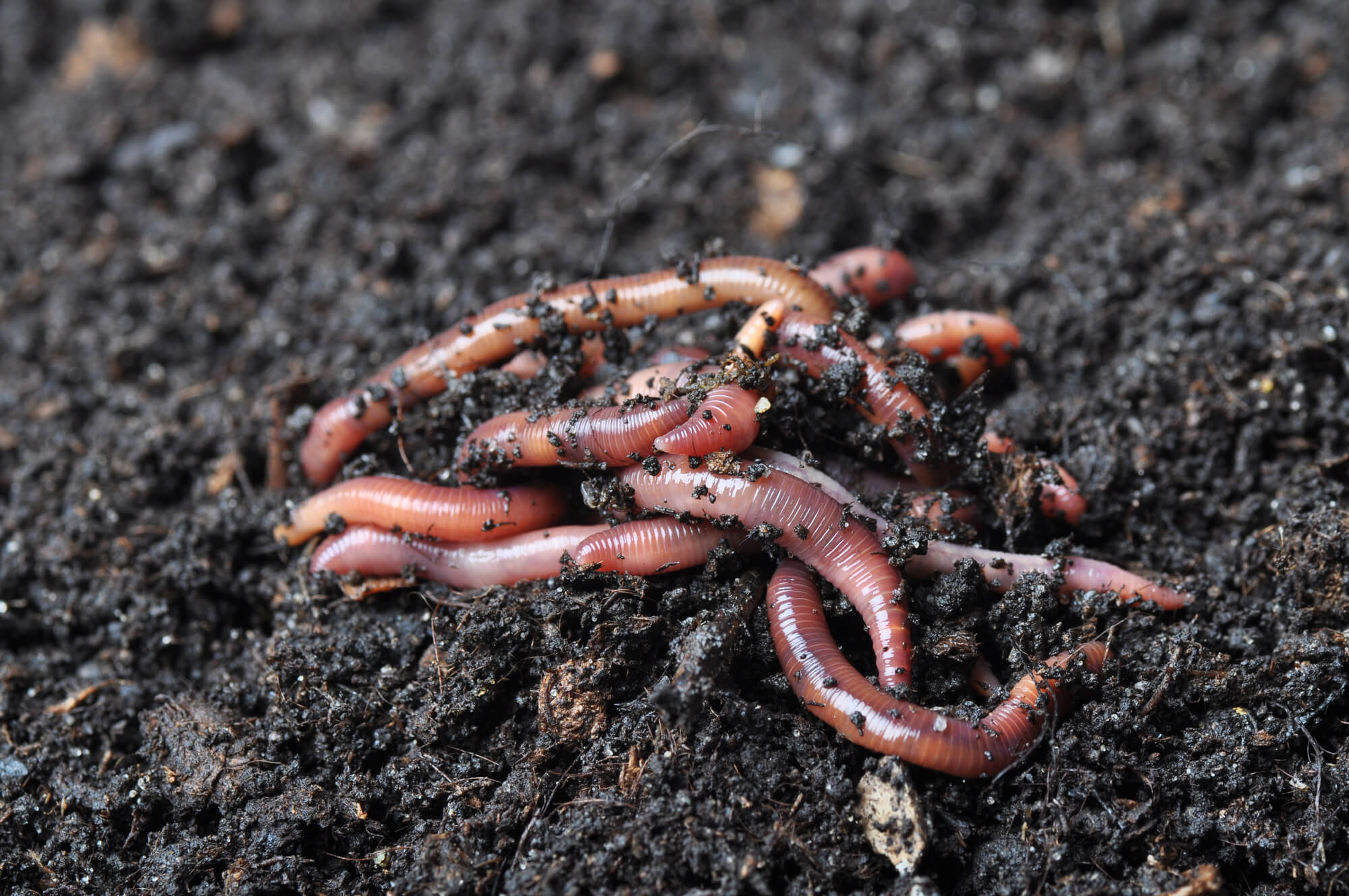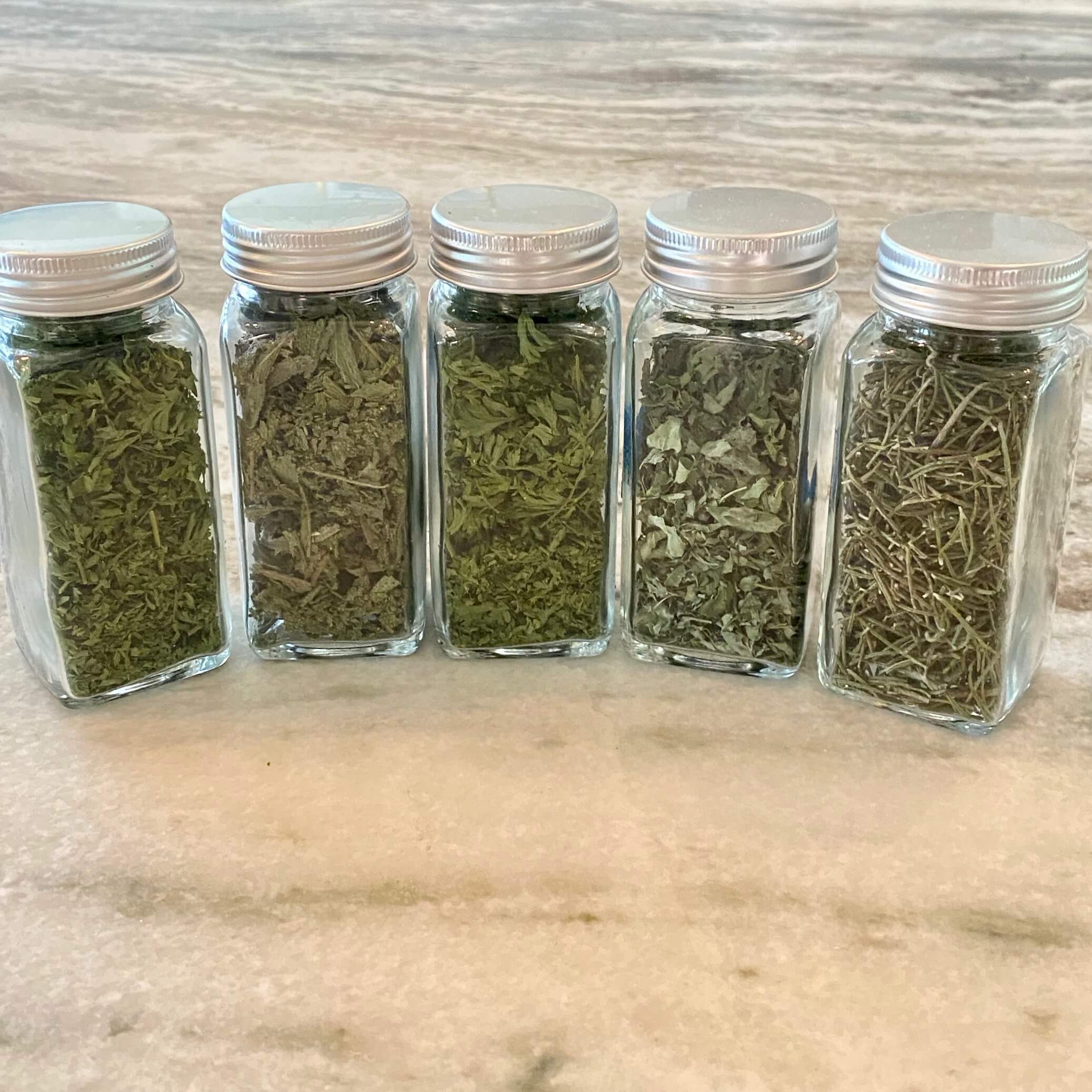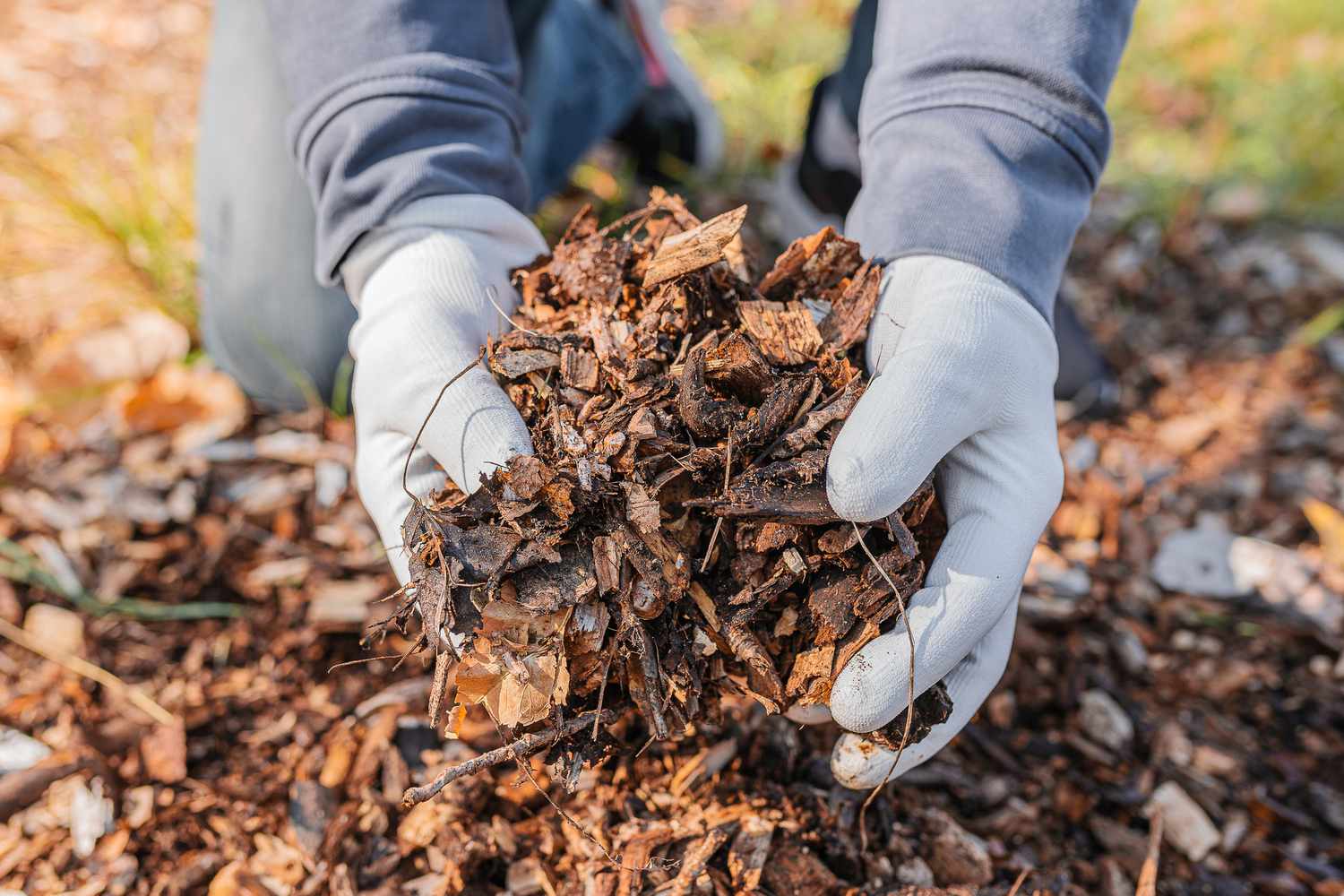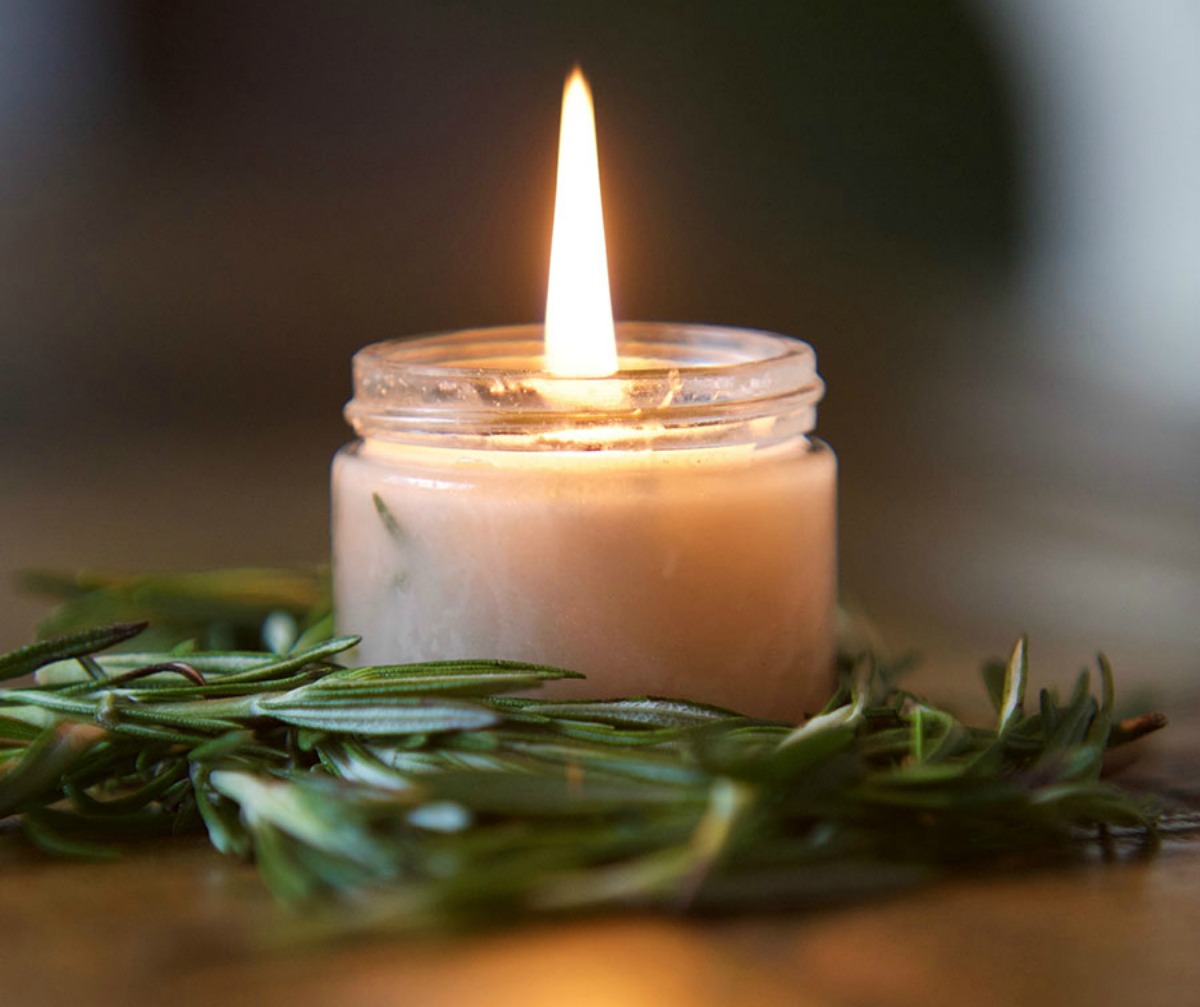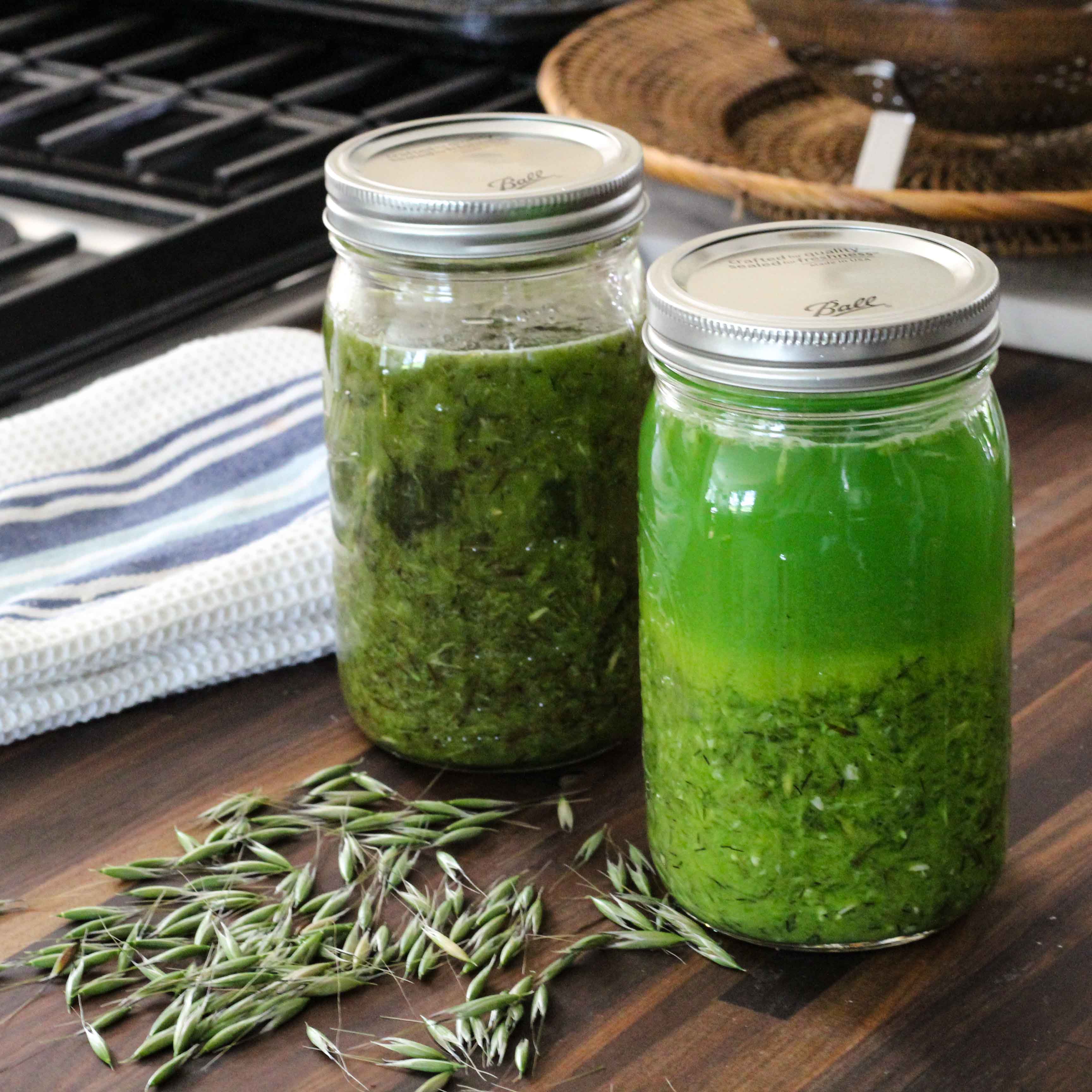Home>Gardening News and Trends>Latest News>How To Make Tea From Dried Herbs
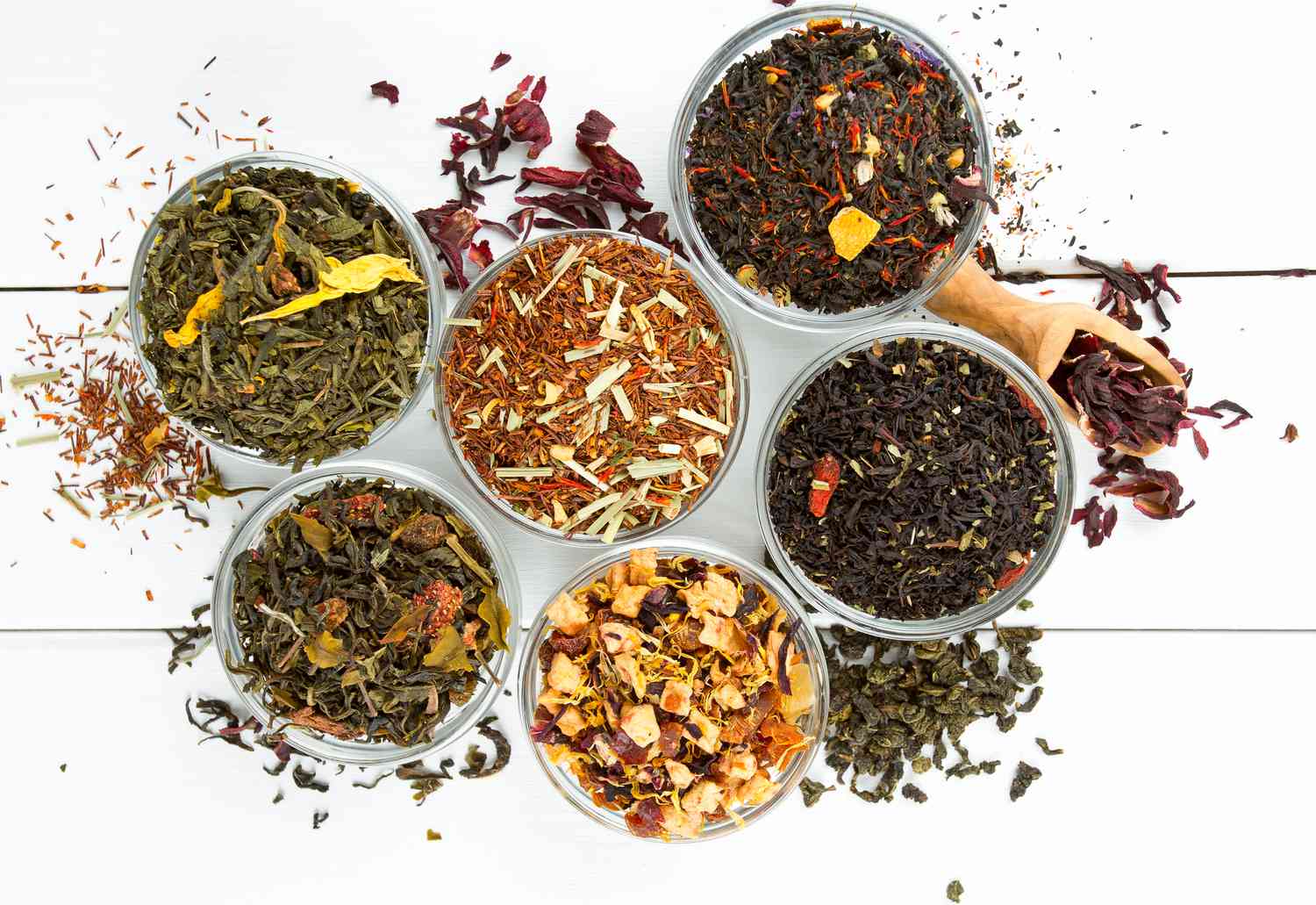

Latest News
How To Make Tea From Dried Herbs
Published: September 26, 2023
Learn how to make a refreshing cup of tea using dried herbs in the latest news. Step-by-step guide and tips for a delicious brew.
(Many of the links in this article redirect to a specific reviewed product. Your purchase of these products through affiliate links helps to generate commission for Chicagolandgardening.com, at no extra cost. Learn more)
Table of Contents
Introduction
Welcome to the world of herbal tea! As more and more people are becoming health-conscious, the demand for herbal teas has been on the rise. These delightful and refreshing beverages not only taste great but also offer a wide range of health benefits. Making your own herbal tea from dried herbs is not only cost-effective but also allows you to customize the flavors and combinations to suit your preferences.
Whether you are a seasoned tea connoisseur or just starting out on your tea-making journey, this guide will provide you with all the information you need to make delicious herbal tea from dried herbs. From choosing the right herbs to the brewing process, let’s explore the steps involved in creating your own cup of aromatic and soothing herbal tea.
Before we dive into the details, it’s important to note that there are countless varieties of herbs available for making tea. Each herb has its own unique flavor profile and health benefits. From chamomile to peppermint, lavender to rosemary, you can choose from a wide array of options based on your personal preferences and desired effects.
So, let’s embark on this exciting journey and learn how to create a warm and comforting cup of herbal tea from dried herbs!
Choosing the Right Dried Herbs
When it comes to making herbal tea, selecting the right dried herbs is crucial. The herbs you choose will not only determine the taste of your tea, but also the potential health benefits you can enjoy. Here are some factors to consider when choosing dried herbs for your tea:
- Flavor: Think about the flavor profile you desire in your tea. Do you prefer a floral, citrusy, or earthy taste? Different herbs offer a wide range of flavors, so explore your options and choose herbs that appeal to your taste buds. For example, chamomile provides a delicate and soothing floral flavor, while peppermint offers a refreshing and minty taste.
- Health Benefits: Consider the potential health benefits you are seeking from your herbal tea. Many herbs have medicinal properties and can help with various ailments. For example, ginger is known for its digestive benefits, while echinacea is often used to boost the immune system. Research the herbal properties of different herbs and select ones that align with your health goals.
- Compatibility: Some herbs pair well together and create a harmonious blend of flavors, while others may clash and create a less pleasant taste. Experiment with different combinations to find a blend that suits your palate. For example, combining lavender and chamomile creates a calming and aromatic infusion, while blending lemongrass and ginger delivers a zesty and invigorating experience.
- Sourcing: Ensure you choose high-quality dried herbs from trusted sources. Look for organic options whenever possible to minimize exposure to pesticides and ensure a more natural flavor. You can find dried herbs at specialty tea shops, health food stores, or online retailers.
Remember, the beauty of making your own herbal tea is the ability to create unique blends according to your preferences. Don’t be afraid to experiment and discover your own favorite combinations. So, go ahead and choose the dried herbs that will make your herbal tea experience truly enjoyable and beneficial!
Equipment and Ingredients
Before you start brewing your own herbal tea, it’s important to gather the necessary equipment and ingredients. Here’s a list of what you’ll need:
1. Dried Herbs: Select the dried herbs of your choice based on the flavors and health benefits you desire. You can choose a single herb or create your own unique blend using multiple herbs.
2. Tea Infuser or Tea Bags: A tea infuser or tea bags will help contain the herbs while allowing them to infuse in the hot water. You can either use a reusable infuser or disposable tea bags.
3. Boiling Water: Use fresh and filtered water for the best taste. The quality of the water can significantly impact the flavor of your herbal tea.
4. Teapot or Mug: Choose a teapot or mug that is suitable for brewing your tea. A teapot with a built-in infuser can make the process even more convenient.
5. Sweeteners (Optional): If you prefer your tea on the sweeter side, you can add natural sweeteners such as honey, maple syrup, or stevia.
6. Stirring Spoon: A stirring spoon will help you mix the sweeteners or adjust the strength of your tea.
7. Timer: To ensure you steep your tea for the right amount of time, a timer can be helpful.
Once you have gathered all the equipment and ingredients, you are ready to begin the tea-making process. Having everything prepared and organized will make the brewing experience smoother and more enjoyable.
Now that you have everything you need, let’s move on to the next steps in making your own herbal tea from dried herbs!
Step 1: Boiling Water
The first step in brewing a delicious cup of herbal tea is boiling the water. Here’s how to do it:
- Choose the Right Water: Start with fresh and filtered water. Avoid using water that has been previously boiled or has a strong taste as it can affect the overall flavor of your tea.
- Measure the Water: Depending on the number of servings you intend to make, measure the appropriate amount of water. Typically, a standard serving of herbal tea requires around 8 ounces (240 mL) of water.
- Heat the Water: Place the measured water in a kettle or pot and heat it on the stove. A temperature range of 200°F to 212°F (93°C to 100°C) is ideal for most herbal teas. Once the water reaches a rolling boil, you are ready to move on to the next step.
Boiling water is a crucial step as it helps extract the flavors and beneficial compounds from the dried herbs. Ensure that the water is properly heated to achieve the best results.
Remember, different herbal teas may require specific water temperatures and steeping times, so be mindful of the requirements for the particular herbs you are using. Some delicate herbs, such as green tea or white tea, may require slightly lower temperatures to avoid bitterness.
Now that the water is boiling hot, it’s time to move on to the next step: preparing the dried herbs for infusion. Let’s continue our journey to create a perfect cup of homemade herbal tea!
Step 2: Preparing the Herbs
After boiling the water, it’s time to prepare the dried herbs for infusion. Properly preparing the herbs ensures that their flavors and beneficial properties are released into the tea. Here’s how to do it:
- Measure the Herbs: Depending on your taste preferences and the desired strength of your tea, measure the appropriate amount of dried herbs. A general rule of thumb is to use about 1-2 teaspoons of dried herbs per cup of water.
- Crush or Grind (Optional): If you prefer a stronger flavor profile, you can lightly crush or grind the dried herbs using a mortar and pestle or a coffee grinder. This will help release their aromatic compounds and create a more intense flavor in your tea.
- Place the Herbs: Add the measured dried herbs to a tea infuser or tea bag. Make sure the container is spacious enough for the herbs to expand and infuse properly.
- Seal the Container: Close the tea infuser or seal the tea bag to prevent the herbs from floating freely in the water during the steeping process. This will make it easier to strain the herbs later.
Properly preparing the dried herbs is essential for achieving a well-balanced and flavorful herbal tea. The process of crushing or grinding the herbs can release their essential oils, enhancing both the taste and aroma of the tea.
Remember to experiment with different herb combinations and adjust the herb-to-water ratio according to your personal taste preferences. This will allow you to create unique flavor profiles that suit your palate.
Now that the herbs are prepared, it’s time to move on to the next step: infusing the tea. Get ready to witness the transformation of hot water and dried herbs into a soothing and aromatic beverage!
Step 3: Infusing the Tea
Infusing the tea is the heart of the brewing process. This step allows the flavors and beneficial compounds from the dried herbs to infuse into the hot water, creating a flavorful and aromatic beverage. Here’s how to infuse your herbal tea:
- Add the Herbs to the Water: Place the prepared herbs (in a tea infuser or tea bag) into the boiling water. Make sure the herbs are fully submerged for proper infusion.
- Cover and Steep: Cover the teapot or mug to trap the heat and allow the herbs to steep in hot water. The steeping time can vary depending on the type of herbs you are using. Generally, herbal teas require a steeping time of 5 to 10 minutes to extract the desired flavors and health benefits. Follow the specific instructions for the herbs you have chosen or experiment with different steeping times to find your preferred strength.
- Monitor the Steeping Time: Use a timer to keep track of the steeping time. Steeping for too long can result in a bitter taste, while steeping for too short a time may result in a weaker flavor. Adjust the steeping time according to your taste preferences.
- Uncover and Remove the Herbs: Once the desired steeping time has elapsed, uncover the teapot or remove the tea infuser/tea bag from the mug. This will stop the infusion process and prevent the tea from becoming too strong or bitter.
Infusing the tea allows the hot water to extract the flavors, aromas, and beneficial properties from the dried herbs. The duration of steeping is vital for achieving the desired taste and strength of your herbal tea.
Remember to experiment with different steeping times and herb combinations to find the perfect balance for your palate. With practice, you’ll be able to create a cup of herbal tea that suits your preferences.
Now that you have successfully infused the tea, it’s time to move on to the next step: straining out the herbs. Get ready to enjoy the fruits of your brewing labor!
Step 4: Straining the Tea
After infusing the tea and allowing the flavors to develop, it’s time to strain out the herbs and separate them from the liquid. Straining the tea ensures a smooth and enjoyable drinking experience. Here’s how to strain your herbal tea:
- Prepare a Strainer: Position a fine-mesh strainer or tea filter over a teapot, mug, or any other container to catch the liquid as you pour.
- Pour the Tea: Slowly pour the infused tea through the strainer, allowing the liquid to pass through while trapping the spent herbs in the strainer or tea filter.
- Press the Herbs (Optional): If you want to extract every last bit of flavor from the herbs, you can gently press them against the strainer or tea filter using the back of a spoon. However, be cautious not to apply too much pressure as it can release bitter compounds.
- Dispose of the Herbs: Remove the herbs from the strainer or tea filter and discard them. Alternatively, you can compost them for a sustainable and eco-friendly option.
Straining the tea eliminates any residue or sediment from the infusion, resulting in a clear and smooth cup of herbal tea. It also ensures that you enjoy the flavors and aromas without any unwanted herbal particles.
Remember to handle the hot liquid with caution as you strain the tea. Use a heat-resistant container and handle the strainer or tea filter carefully to avoid any accidents.
Now that your tea is strained, it’s time to move on to the next step: sweetening your herbal tea (if desired). Stay tuned for the next step in enhancing the flavor of your homemade herbal tea!
Step 5: Sweetening (Optional)
Adding a touch of sweetness to your herbal tea is a personal preference. While some people enjoy the natural flavors of the herbs, others prefer a hint of sweetness to enhance the taste. If you choose to sweeten your herbal tea, here’s how to do it:
- Choose a Sweetener: Select a natural sweetener that complements the flavors of the herbs. Popular options include honey, maple syrup, agave nectar, or stevia. Each sweetener has its own distinct taste, so choose one that aligns with your preferences and dietary needs.
- Measure the Sweetener: Start with a small amount of sweetener and gradually add more to taste. Remember, it’s easier to add more sweetener if needed, but difficult to reduce an overly sweet cup of tea. Start with about 1 teaspoon and adjust according to your desired level of sweetness.
- Stir Gently: Use a stirring spoon to gently stir the sweetener into the herbal tea. Stir until the sweetener is fully dissolved and incorporated into the beverage.
Remember, sweetening your herbal tea is optional and depends on your personal preference. Some herbs naturally have a sweet taste, while others may have a more earthy or bitter note. Sweetening can help balance out any bitterness or create a more enjoyable flavor profile.
Be mindful of the quantities when adding sweeteners, as they can alter the overall taste and health benefits of your tea. It’s always best to start with a small amount and adjust according to your taste.
Now that you’ve added sweetness to your herbal tea (if desired), it’s time for the final step: enjoying your homemade herbal tea! Get ready to sit back, relax, and savor the flavors of your creation.
Step 6: Enjoying Your Homemade Herbal Tea
Congratulations! You have successfully brewed your own homemade herbal tea. Now it’s time to sit back, relax, and enjoy the fruits of your labor. Here are some tips for savoring your herbal tea:
- Sip and Savor: Take a moment to appreciate the aroma and flavors of your herbal tea. Sip slowly and savor each sip, allowing the warmth and soothing properties to envelop your senses.
- Pair with Treats: Herbal teas can be enjoyed on their own, but they also pair well with a variety of treats. Consider enjoying your tea with a slice of lemon cake, a biscuit, or even a piece of dark chocolate to create a delightful flavor combination.
- Experiment with Additions: While herbal teas are wonderful on their own, you can also experiment with additional ingredients to enhance the flavor. Try adding a squeeze of fresh lemon juice, a sprig of fresh mint, or even a dash of cinnamon to create different taste profiles.
- Experiment with Temperature: Herbal teas can be enjoyed both hot and cold. If you prefer a refreshing beverage, allow your tea to cool and serve it over ice. You can also refrigerate your brewed herbal tea for a flavorful iced tea option on hot summer days.
- Experience the Benefits: Herbal teas offer a range of potential health benefits. Take some time to research the specific herbs you used and learn about the potential advantages they may provide. Whether it’s relaxation, digestion support, or immune-boosting properties, enjoy the added benefits that come with your homemade tea.
Remember, making herbal tea at home allows you to experiment with different herbs, flavors, and combinations. Don’t be afraid to get creative and continue exploring new tastes and health benefits.
Now that you’ve completed all the steps, it’s time for you to sit back, raise your cup, and enjoy the satisfaction that comes from creating your very own homemade herbal tea. Cheers to your tea-making success!
Conclusion
Congratulations on learning how to make your own herbal tea from dried herbs! By following these simple steps, you can create a flavorful and soothing cup of tea that caters to your taste preferences and health goals. Making herbal tea at home not only allows for customization but also provides an opportunity to explore the rich world of herbs and their benefits.
Remember to choose high-quality dried herbs that suit your flavor preferences and desired health benefits. Experiment with different combinations to find the perfect blend that tantalizes your taste buds. Adjust steeping times and herb-to-water ratios to customize the strength of your tea. And if desired, add a touch of sweetness to complement the flavors.
Through each step of the process, from boiling the water and preparing the herbs to infusing the tea and straining it, you have honed your tea-making skills. The satisfaction of creating a homemade herbal tea that suits your palate is a wonderful feeling.
So, the next time you crave a warm and comforting beverage or a refreshing iced tea, reach for your dried herbs and embark on a tea-making adventure. Discover new flavors, experience the potential health benefits, and enjoy the simple pleasure that comes from sipping on your very own homemade herbal tea.
Cheers to your journey of tea-making mastery and the delightful cups of herbal tea that await you!

